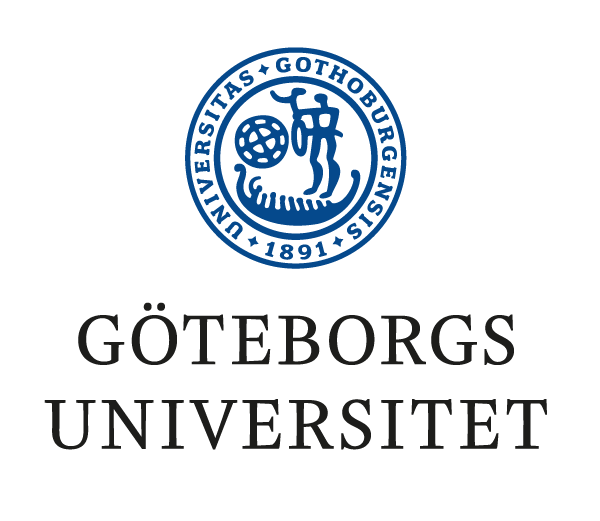The research group focuses on two problematic areas in today’s sustainability reporting.
“The first issue is that companies almost always rely on materiality assessment in their sustainability reporting, meaning what is important for the company itself from an economic perspective. Investors want to know what affects the financial outcome. However, what generates an impact on the monetary outcome may not be the same as what is important for the planet’s sustainability”, says Emmy Wassénius.
The second problem is that almost all frameworks for reporting sustainability are based on relative variables (metrics), which makes it possible to compare how sustainability efforts evolve within a company from year to year. However, it is not possible to compare companies in the same or different industries. For example, is a 20 percent improvement in company X over a year better or worse than a 15 percent improvement in company Y during the same period? Without absolute data, it is also impossible to aggregate the data to understand the impact companies in a whole sector has.
To address the two main problems with the current reporting frameworks, the research group aims to incorporate data that indicates what is vital for the planet.
“We argue that the analysis of whether something is significant should not be the responsibility of the companies. We have already conducted a type of materiality analysis of the planetary boundaries. This analysis is the starting point for our method, which differs significantly from the frameworks available today,” says Emmy Wassénius.
Using the planetary boundaries as a starting point, the research group focused on seven primary sector industries (fisheries, aquaculture, crop production, livestock production, forestry, oil and gas production, and mining). They assessed their environmental impact in three steps. First, they did an extensive review of the literature to determine companies impact on the environment. Then they conducted structured expert discussions to validate and expand upon the information collected from the literature. Lastly, they translated these into a set of generalized and industry-specific Essential Environmental Impact Variables (EEIV). The translation was based on two principles: variables should be absolute, and reporting should be on actual activities.
The result is 15 EEIVs that can form the basis for sustainability reporting, simultaneously linked to planetary boundaries.
Read more about Essential Environmental Impact Variables – brief >
Caption: Emmy Wassénius’ research focuses on understanding and assessing sustainability risk. She is pursuing a joint PhD degree between Stockholm Resilience Centre, Stockholm University, and the Global Economic Dynamics and Biosphere programme (GEDB) at the Royal Swedish Academy of Sciences.






